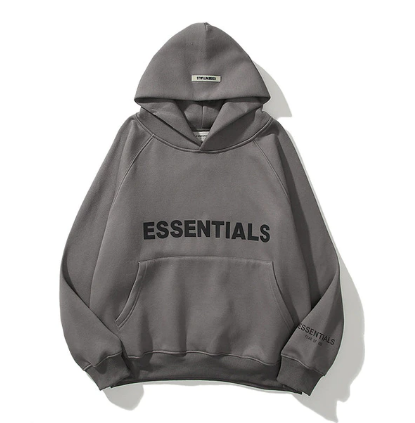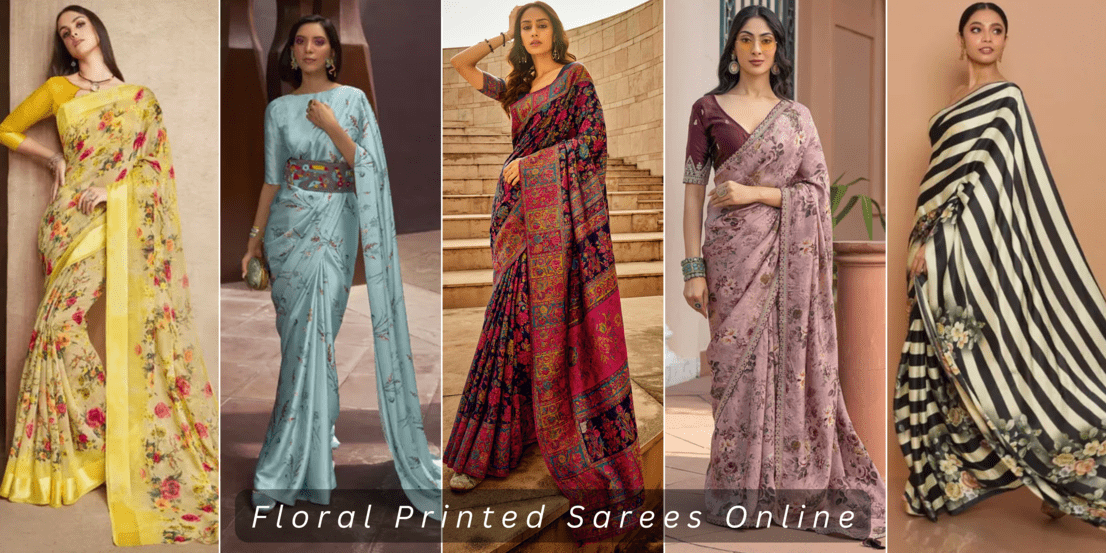
The Origins and Evolution of Essentials Clothing: From Utility to Iconic Style
Introduction: Essentials clothing has become synonymous with timeless style, comfort, and versatility in modern fashion. Essentials Clothing From classic t-shirts to cozy hoodies and essential denim, these wardrobe staples have transcended trends and seasons to become indispensable pieces in closets around the world. The origins and evolution of essentials clothing are rooted in utility and practicality, yet they have evolved into iconic symbols of effortless style and everyday elegance. This guide explores the rich history, key milestones, and enduring appeal of essentials clothing, tracing its journey from humble beginnings to fashion icon status.
Early Origins and Utility: The roots of essentials clothing can be traced back to the early 20th century when basic garments like t-shirts, jeans, and sweatshirts were first introduced as practical workwear for laborers and workers. These garments were designed with functionality and durability in mind, featuring simple designs and sturdy fabrics that could withstand the rigors of everyday wear and tear. T-shirts, originally worn as undergarments, became popular among soldiers during World War II and were later adopted by civilians for their comfort and versatility.
Rise of Casual Fashion: The post-war era saw a shift towards more casual and relaxed styles of dressing, as people sought comfort and ease in their clothing choices. Essentials clothing, with its emphasis on comfort, functionality, and simplicity, became increasingly popular among the general population. T-shirts, jeans, and sweatshirts transitioned from workwear to everyday attire, reflecting changing attitudes towards fashion and self-expression. Icons like James Dean and Marlon Brando helped to popularize essentials clothing as symbols of rebellion and non-conformity, further cementing their status as fashion essentials.
Cultural Influences and Popularity: Throughout the latter half of the 20th century, essentials clothing continued to gain popularity, driven by cultural influences and changing fashion trends. The 1960s saw the rise of youth culture and the emergence of iconic subcultures like the hippie movement and the mod scene, which embraced casual styles like tie-dye t-shirts, bell-bottom jeans, and hooded sweatshirts. In the 1980s and 1990s, essentials clothing became synonymous with streetwear culture, as brands like Nike, Adidas, and Champion capitalized on the growing demand for sporty, urban-inspired attire.
Modern Revival and Global Appeal: In the early 21st century, essentials clothing experienced a revival as fashion trends shifted towards a more laid-back and casual aesthetic. Influenced by the rise of social media and celebrity culture, essentials clothing became increasingly popular among millennials and Gen Z consumers who valued comfort, authenticity, and self-expression. Brands like H&M, Uniqlo, and Everlane capitalized on this trend by offering affordable and accessible essentials clothing collections that catered to a diverse range of styles and preferences.
Key Essentials Clothing Pieces: Today, essentials clothing encompasses a wide range of garments and accessories, including t-shirts, jeans, hoodies, sweatshirts, leggings, and sneakers. These timeless pieces are characterized by their simplicity, versatility, and functionality, making them suitable for a variety of occasions and lifestyles. T-shirts, in particular, have become a canvas for self-expression and personal style, with graphic tees, band t-shirts, and slogan tees serving as statements of individuality and identity.
Future Trends and Innovations: Looking ahead, the future of essentials clothing is bright, with continued innovations in design, sustainability, and technology driving the evolution of these wardrobe staples. As consumers become increasingly conscious of their environmental footprint, there is a growing demand for sustainable and eco-friendly alternatives to traditional essentials clothing. Brands are responding to this demand by incorporating organic fabrics, recycled materials, and ethical production practices into their collections, ensuring that essentials clothing remains relevant and accessible in the years to come.
Conclusion: In conclusion, essentials clothing has undergone a remarkable evolution from its humble origins as practical workwear to its current status as iconic symbols of style and self-expression. Essentials Hoodie From t-shirts and jeans to hoodies and sneakers, these timeless pieces have transcended trends and generations, remaining indispensable staples in closets around the world. As fashion continues to evolve, essentials clothing will undoubtedly remain a constant and reliable presence, offering comfort, versatility, and effortless style for years to come.







